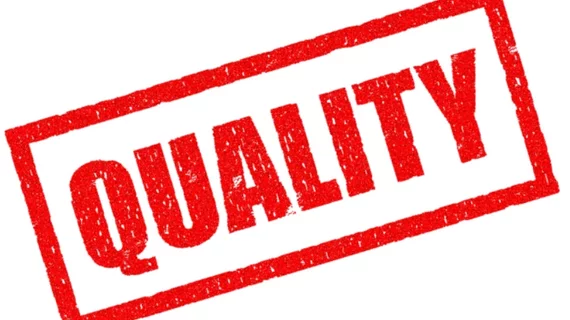Protocol changes reduce likelihood of oversedation during radiology procedures
Updating hospital protocols can reduce the frequency of oversedation events during invasive radiology procedures, according to a new study published in the Journal of the American College of Radiology.
The authors noted that moderate sedation is an important part of modern patient care, but oversedation is still a significant problem.
“Despite the general acceptance of the safety of opioids and benzodiazepines (BZDs) for sedation, there is still a potential for oversedation and related serious adverse drug events,” wrote lead author Jonathan G. Martin, MD, department of radiology and imaging sciences at the Emory University School of Medicine in Atlanta, and colleagues. “When oversedation occurs with opioids or BZDs, it may require the administration of reversal agents such as naloxone or flumazenil, which carry their own risks and side effects. In severe cases, more aggressive resuscitation may be required, and death can occur.”
Hoping to reduce the number of oversedation events at their own single tertiary care hospital, Martin et al. studied data from March 2012 to January 2016 from procedures where the patient received sedation reversal via naloxone or flumazenil. Patient imaging files from the PACS were cross-referenced with interventional radiology reports.
The authors zeroed in on a total of 70 cases, equal to a rate of 5.37 oversedation events per 1,000 cases. Seventy-three percent of patients were black, 60 percent were female, 40 percent were on dialysis and the average age was 62 years old. Fifteen percent of the sedation reversals took place during tunneled catheter placement. Ten percent took place during fistulagram and another 10 percent took place during gastrostomy tube placement.
The group decided to make a few key changes to the hospital’s protocols. For example, a morning huddle was implemented for discussing patient concerns, including oversedation events. “Dedicated moderate sedation in-servicing” was also provided for all employees involved with interventional radiology, and a “two-step timeout process” was introduced that occurs before the sedation is administered.
From February 2016 to January 2017, with these changes in place, three sedation reversal events were observed. This represents a rate of 1.03 oversedation events per 1,000 cases, a significant improvement compared to the previous rate of 5.37 events per 1,000 cases. Martin and colleagues also tracked oversedation data from a partner hospital from the same health system. They reported a rate of 3.48 oversedation events per 1,000 cases.
“The results of our protocol intervention over a 12-month period are promising, and the limited review of partner hospitals within our single academic institution demonstrates potential for further improvement,” the authors wrote. “The cost of our intervention and educational campaign was negligible, with only a minimal increase in time and charting demands throughout the day.”

